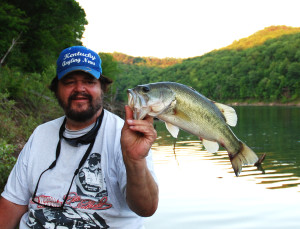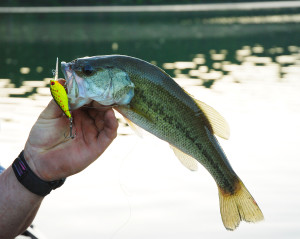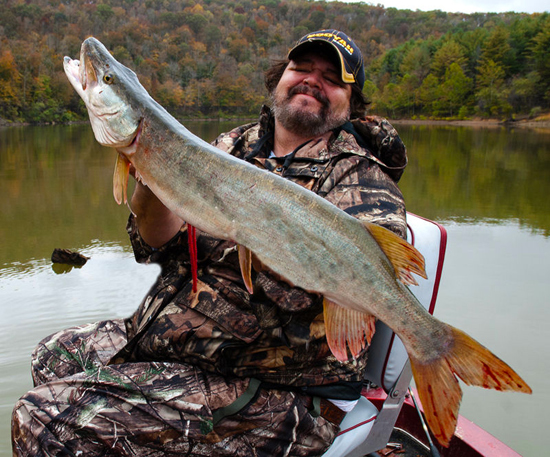By Chris Erwin
I wanted to break from the series this week to cover my weekend on the water since it’s a chance to talk about finding fish. Knowing how to use your lures is worthless if you can’t find fish. Finding fish will also help your confidence in both your fishing skill and the lures you choose.
I’ve said this before, but it’s worth repeating: Confidence is something you can’t buy, but it’s one of the most important things you can possess. If you don’t believe you’re going to catch fish you most likely won’t. Contrary to what many people think, fishing isn’t luck! I can’t tell you how many times someone has been sitting in the boat with me, using the same lures, fishing the same spots and catching nothing while I catch one fish after another.

When I was guiding I would watch them— looking at the mechanics of their cast, how they presented the lure and what kind of retrieve they were using. By coaching them a little, I could see a change in their approach. This would often lead to more focus and in turn a strike. This would build confidence, which would produce more focus. Confidence and focus, you can’t buy it, but I promise you they are just as important as anything in your tackle box.
There is nothing harder to overcome than not being able to find fish. When I put my boat in the water on Saturday, and I was a little late getting on the water, I met a guy taking his boat out of the water. I asked him how he did. He replied, “I didn’t get a strike. I think the fish are still nesting or something.”
Once I got all the stuff done at the camp Scott my son and I headed out to see what we could find. It was about 2 p.m. the sun was hot and you couldn’t find shade anywhere. The point is, it was the worst part of the day to starting trying to put a pattern together.
I knew the fish should be finished nesting but the question is: Are they far enough along to be in a feeding mood? Bass go through a recovery period where they feed very little but once they get past that stage they go on the prow to feed and they begin by feeding in shallow water.
I had five rods rigged for topwater with spinnerbaits, crankbaits and Senko rigged weightless. I also had a crappie rod rigged with a jig & two-inch twister tail. My son Scott also used five rods and rigged with much of the same lures. However, they were different colors and different variations of the same baits.

We started by fishing old nesting sites and points that had hard bottoms. The early part of the day was slow. While we caught a few small fish, it wasn’t what we were looking for. When the light started getting low the action changed and by the time 8:30 p.m. came along we managed to catch 10 fish with some hitting the 18” mark. At this point, Scott had only caught one good fish but by the end of the day, he knew what it was going to take to catch fish.
On Sunday, Scott and I had to fix some water pluming problems at the camp so we didn’t get on the water until about noon. We had talked about where we caught fish and some things become clear. Most of the fish were on points and on flats where bluegills were still trying to spawn. We also noticed they were hitting one lure over all the rest. Armed with this pattern, we wasted no time fishing places that didn’t have the pattern traits.
Again, the fishing started out a little slow but as the day went on the fishing got better and better. We counted four doubles that day all on points. By the end of the day, we had caught 20 bass, seven over 16 inches and three near 20 inches. They all had spawned out and had flat bellies.
It ended up being one of the best days on the water this year. Always think about what the fish should be doing and use that as a starting point to build your pattern.




Everything is very open with a precise clarification of the issues. It was really informative. Your site is useful. Thanks for sharing!|